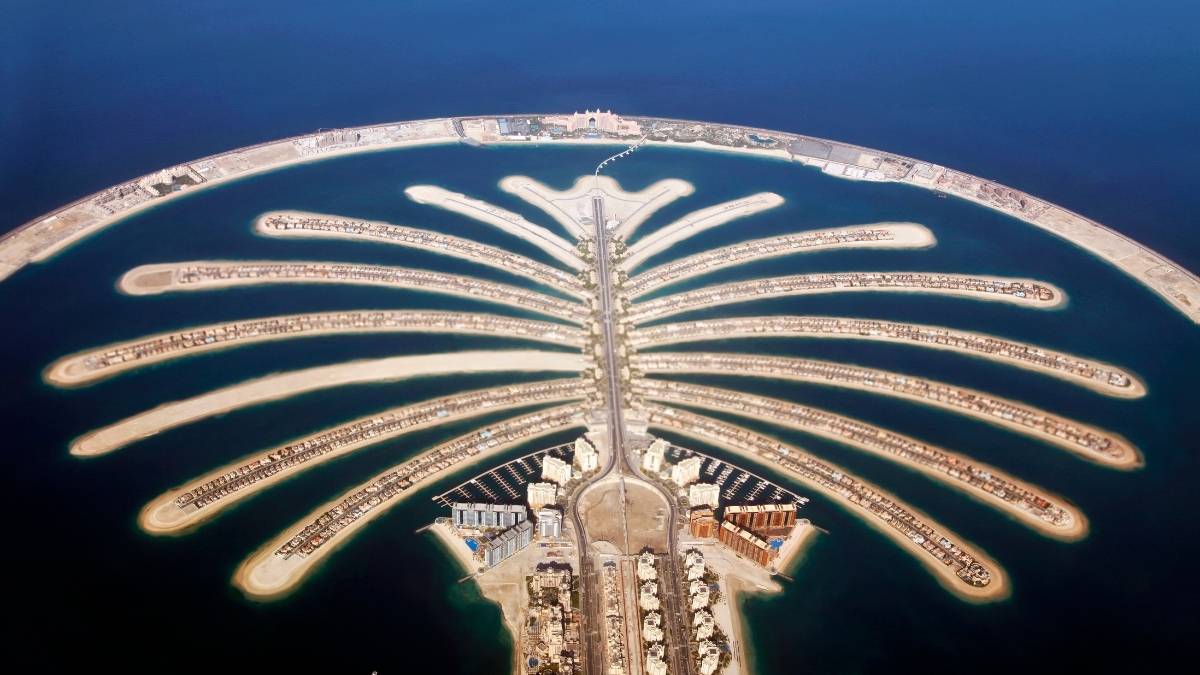Religious places often hold significant cultural, historical, and architectural value, making them popular tourist destinations for travellers seeking spiritual experiences, cultural insights, or simply exploring iconic landmarks. However now, these religious places are struggling to accommodate both worshippers and tourists as travel returns to pre-pandemic levels.
Disruption Of Sacred Spaces With Tourism
Au matin de Pâques, des ténèbres renaît la lumière…
Nous sommes tous engagés pour œuvrer à cette nouvelle naissance, à la renaissance de Notre-Dame de Paris pic.twitter.com/tgAaCRnlCJ— Cathédrale Notre-Dame de Paris (@notredameparis) April 21, 2019
With tourism in Barcelona and around southern Europe nearing or exceeding pre-pandemic levels, prominent religious sites are struggling to accommodate both the faithful who come to pray and the millions of visitors who frequently pay to enjoy the art and architecture.
An increasingly popular strategy is to have visitors and the faithful go separate ways. According to Hindustan Times, Basilica spokesperson Roberta Leone said that the Vatican built a separate ‘pathway’ starting outside St. Peter’s Basilica this spring for individuals who wish to enter to pray or attend mass, so they wouldn’t be deterred by often hour-long lineups for the average of daily visitors.
On a mid-June Saturday, the huge Basilica del Pilar in Zaragoza was so crowded that it was practically hard to hear the midday Mass conducted in the little chapel where a figure of Our Lady of the Pillar is adored.
Visitors are increasingly separated in different ways with services performed in distinct locations. These visits are restricted during worship hours or whole different admission queues. But the problem remains: how to manage the various functions of churches amid the tourism boom without jeopardising their spiritual mission.
Also Read: As Heatwaves Scorch Europe, Should You Rethink Travelling To Italy, Spain & France?
Why Travellers Love These Religious Places & Historical Spaces
Official statement on Hagia Sophia, Istanbul.
Hagia Sophia, part of the property “Historic Areas of Istanbul,” is inscribed on the #WorldHeritage List as a museum.
The inscription entails a number of legal commitments and obligations.
More: https://t.co/337lhrFZUw pic.twitter.com/vfxCsQQGRT
— UNESCO 🏛️ #Education #Sciences #Culture 🇺🇳 (@UNESCO) July 10, 2020
Many religious places have a rich history and are associated with significant cultural events. Tourists are often interested in exploring the architecture, art and traditions connected to these sites. Some religious places boast stunning architecture and craftsmanship. These make them appealing to tourists interested in experiencing the beauty and craftsmanship of the past.
Large numbers of tourists can disrupt the tranquillity of religious places and interfere with the spiritual experiences of worshippers. Moreover, worshippers, frequently visit these celebrated churches because they provide more services than typical parishes. They want free access, even if visitors frequently pay fees that are critical to the preservation of the structures.
To address these challenges, it is essential for both tourists and local authorities to adopt sustainable tourism practices. Those that respect the sanctity of religious sites while still allowing visitors to appreciate their historical and cultural significance.
Cover image credits: Wikimedia Commons
First Published: July 21, 2023 12:04 PM



